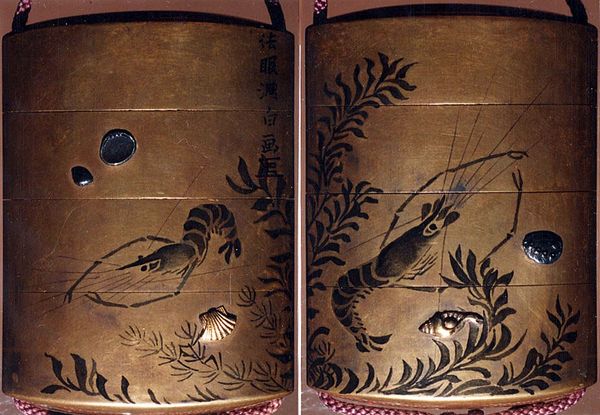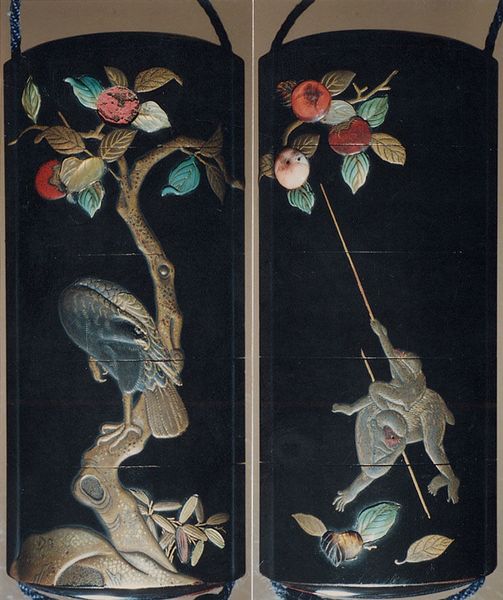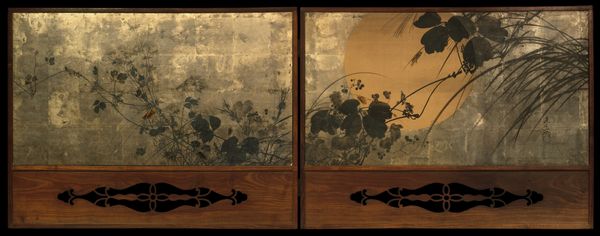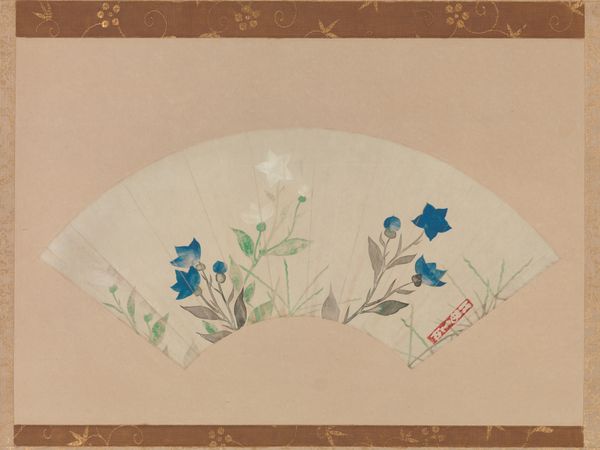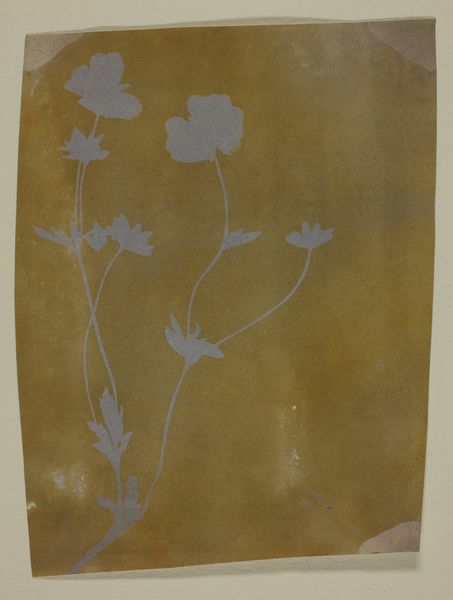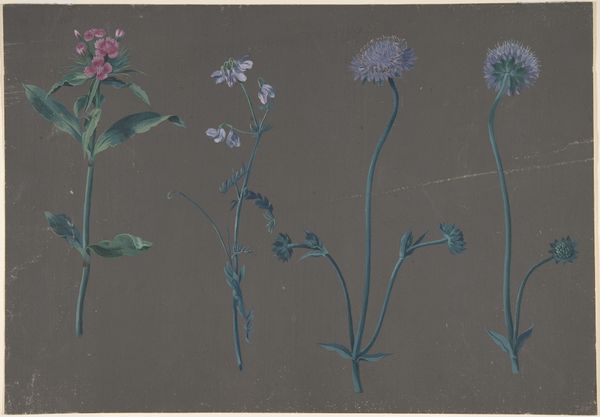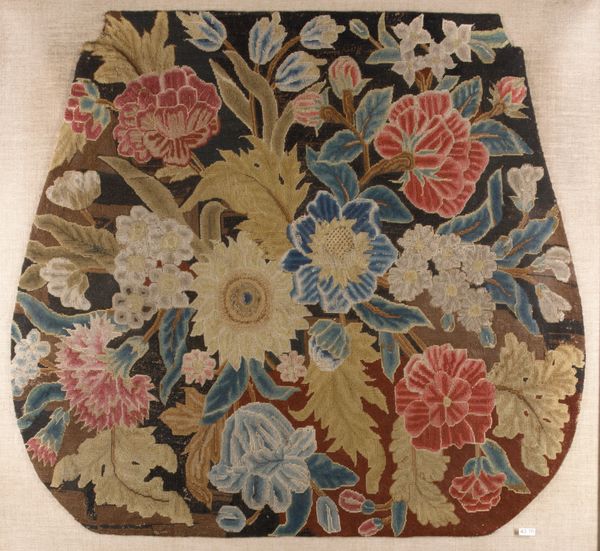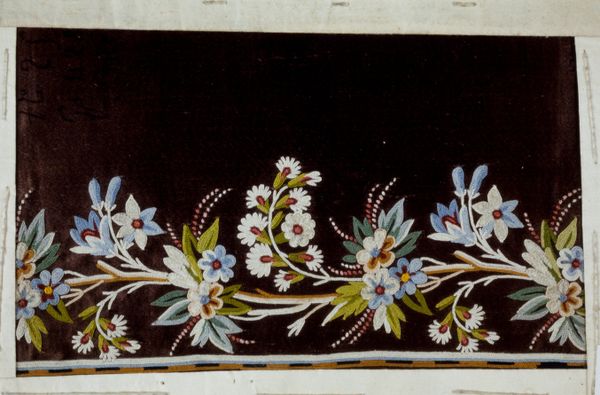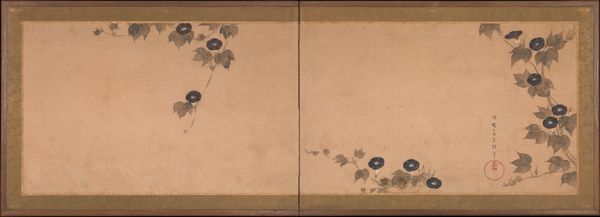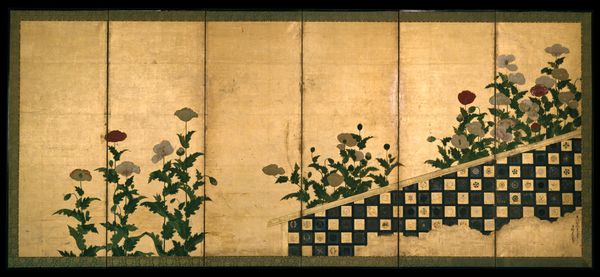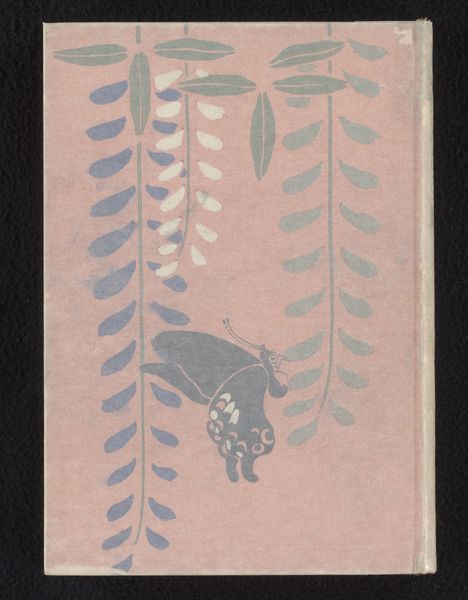
Case (Inrō) with Design of Arrowhead (Omodaka) (obverse); Clover (Mutsuba) (reverse) 19th century
0:00
0:00
print, metal, wood
# print
#
metal
#
asian-art
#
wood
#
decorative-art
#
decorative art
Dimensions: 2 7/8 x 1 15/16 x 3/4 in. (7.3 x 4.9 x 1.9 cm)
Copyright: Public Domain
This is a small case made in Japan by Shibata Zeshin sometime in the 19th century. It is made with lacquer, and shows an arrowhead on one side and clover on the other. The inrō case and its design are rich in symbolism. The arrowhead plant, or omodaka, was associated with victory in battle, while the clover, mutsuba, represented good fortune. These symbols were used by the samurai class in feudal Japan, but this object comes later, at a time when Japan was opening up to the world and these symbols of the past were being revived as part of a new national identity. Art historians can look to these images to understand how the past was being reimagined in the 19th century. The Victoria and Albert Museum in London holds a collection of works by Shibata Zeshin, and these might be a useful point of comparison in understanding the meaning of his work. By looking at the social and historical context, we can understand the changing place of art in Japanese society.
Comments
No comments
Be the first to comment and join the conversation on the ultimate creative platform.
